|
Advertisement
|
Yodd
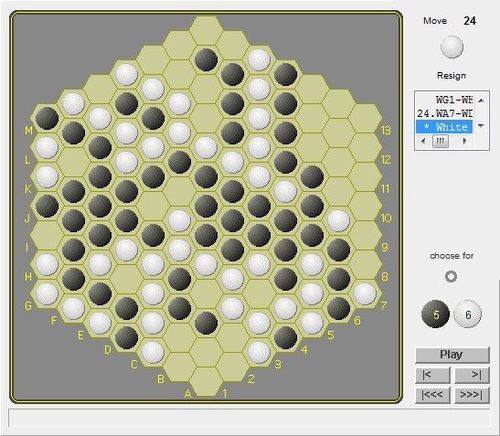
DescriptionIntroductionYodd is a drawless connection and territory game for two players: Black and White. It is played on the cells of an initially empty hex hex board. The suggested size is between 6 and 10 cells per side. Both players must have access to a sufficient number of black and white stones. DefinitionsA group is a set of connected, like-colored stones. A single stone is also a group. RulesStarting with Black, players take turns placing one or two stones of any color on empty cells. On their first turn, Black can only place one stone. At the end of each turn, there must be an odd number of groups on the board (i.e. the sum of the number of Black and White groups must be an odd number). Players can pass their turn at any moment, unless it violates the previous rule (this means Black can't pass on their first turn). When both players pass in succession, the game ends. The player with the fewest groups on the board wins. Draws are not possible. NotesDouble placement serves as both a first-move equalizer and a way to make the game playable under the group restriction rule. Meanwhile, apart from the intended goal of eliminating draws (they would be common otherwise), forcing an odd number of groups at the end of a turn has some interesting tactical implications which make the game feel similar to a single-placement game. For example, groups separated by two empty cells can't be merged on a single turn, since the player runs out of stones to restore the group count to an odd number. Also, the diamond connection (two stones at each end of a four-cell rhombus) is safe if the opponent has exactly zero or two groups adjacent to the intermediate cells, and unsafe otherwise. Endgames are also quite tricky under this rule: you'll often want to merge two of your own groups or create another enemy group, but you'll be unable to do it because you can't restore the group count anymore! Game DiscussionsAdd CommentYou need to be logged in to comment. Insert Bullet List Please enter at least one item. Item: Item: Item: Item: Item: Insert Numeric List Please enter at least one item. Item: Item: Item: Item: Item: Insert Link Please enter the link of the website Optionally you can add display text Insert Email Please enter the email address Optionally add any display text Insert Image Please enter the link of the image Insert YouTube Video Please enter the link of the video MarketplaceNo listings at the moment. Do you own this game? Click here to list it for sale.
|
Best Sellers
Board Games
|
||||
Latest Searches: Lake Oswegoa | The walking dead | Nerf Zombie Strike Blade Toy | Nerf rival khaod | Monopoly durham NC edition | gerald mcboing boing | Brick nj monopoly | Jigquiz+instructions | Economic | Deluxe yahtzee | Cards humanity | Fire boy and ice girl | utter+nonsense | Chop suye | concept | world of flames | asterix obelisk | Expansion | TEMPTATION | Sequence state and capital | Missoula-opoly | scary | San Diego | howler | Harry Potter Monopoly board | Deridder opoly | Yum | CITY OF TERROR | archaeology the new exhibition | horror
All Rights Reserved

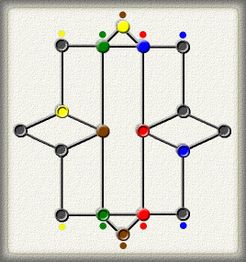

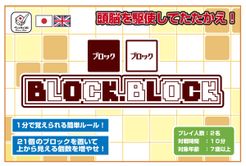
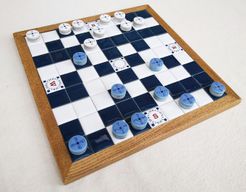
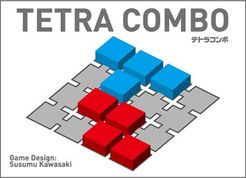
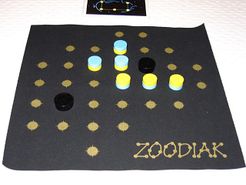
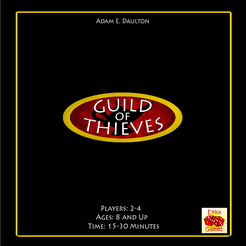
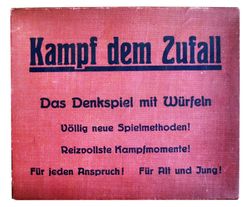

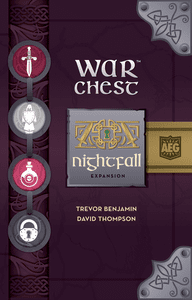
Comments (0)